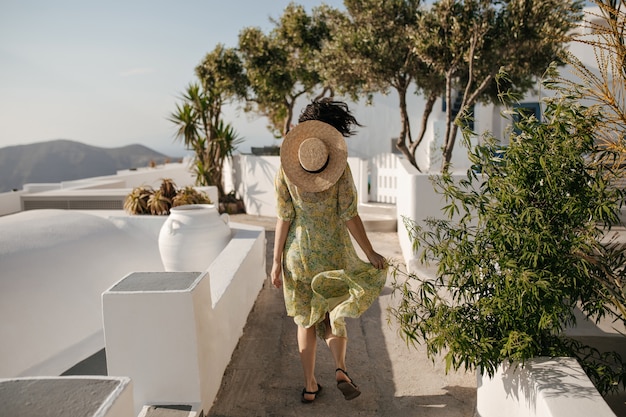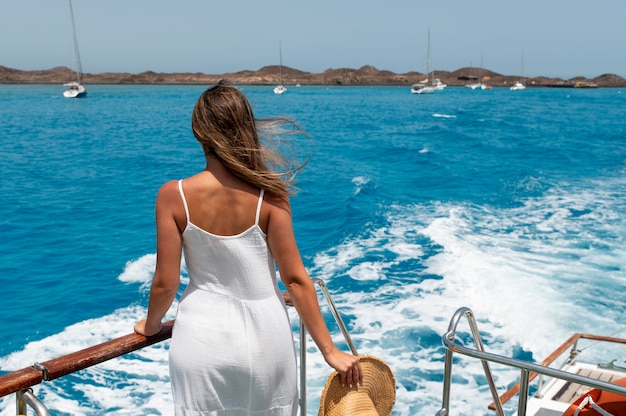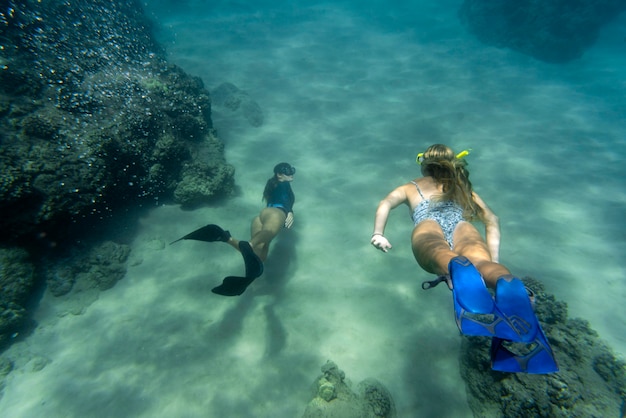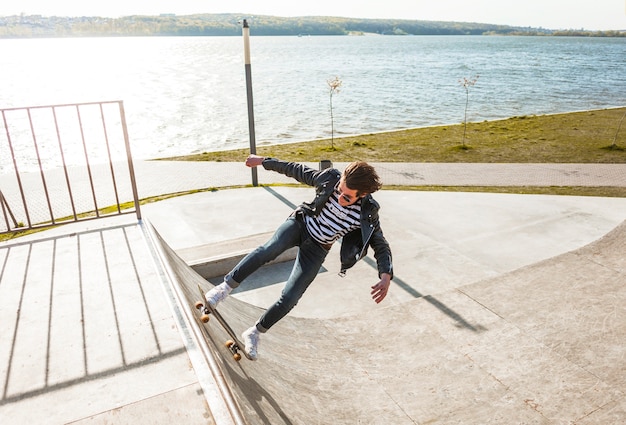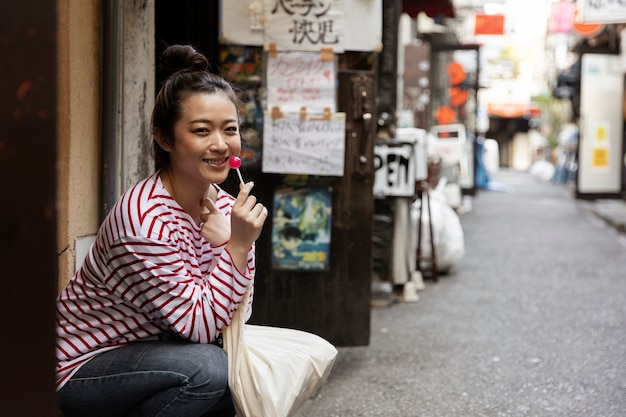
Explore the vibrant street style of Tokyo with La Carmina, a fashion blogger and TV host known for her expertise in Japanese street fashion. Discover the best places to shop in Tokyo if you’re into Gothic fashion or want to dress like an antique doll from the forest. Learn about Tokyo’s unique theme restaurants that promise unforgettable nights, and delve into extreme body modifications like snake tongues and bagel heads. Enjoy the quirky experiences of Cat Cafes and find family-friendly activities in Tokyo. Even if Japan wasn’t on your travel list, La Carmina’s recommendations will surely pique your interest.
La Carmina, who lives in Vancouver, Canada, has roots in Hong Kong. Her love for Japanese street style began during her childhood travels in Asia, where she was captivated by the cute Hello Kitty culture, punk and Gothic styles, and Harajuku fashion. Her passion for fashion continued through college in New York, leading her to start a blog to share her unique style. She has since authored books and appeared on TV shows about Japanese street culture. Follow her blog at La Carmina for more insights.
Tokyo offers something for every traveler, whether you’re into fashion, nightlife, adventure, or family relaxation. The city’s food is fantastic, and the people are incredibly polite. While Tokyo can be a culture shock, as depicted in the movie “Lost in Translation,” it’s a city that can push you out of your comfort zone in the best way possible.
For a comprehensive Tokyo experience, plan to stay for at least 5-7 days. La Carmina suggests staying in Shinjuku, a central hub for the subway and bullet train, with plenty of restaurants and nightlife. Nearby, Harajuku is famous for its Gothic and Lolita fashion, while Shibuya offers trendy shopping and the vibrant Gal culture. The subway is the most efficient way to get around, though taxis are expensive. Remember, subways stop running between 1 am and 5 am, so plan your late-night outings accordingly.
In Tokyo, politeness is key. On the subway, it’s rude to speak on your mobile phone; texting is acceptable, but conversations should be kept to a whisper. Food etiquette is also important; for example, never stick your chopsticks vertically into a bowl of rice, as this symbolizes death.
La Carmina’s fashion is influenced by various Japanese street styles, from J-Rocker and Visual Kei to Goths, Punks, and unique groups like Mori girls. Harajuku is a must-visit for its eclectic stores and fashion-forward teenagers. Shibuya is perfect for those into Gyaru fashion, with Shibuya 109 being a shopping hotspot. For high-end fashion, visit Omotesandō and Ginza. Shimokitazawa offers a bohemian vibe with vintage stores and cafes.
For unique souvenirs, check out the 100 Yen stores, which offer a variety of quirky items. Daiso in Harajuku is a popular choice. Tokyo’s food scene is diverse, from high-end sushi to budget-friendly convenience store meals. Theme restaurants provide an immersive dining experience, with places like the Monster Theme Restaurant offering theatrical settings and quirky food presentations.
Cat Cafes and Dog Cafes are popular in Tokyo, providing a chance to interact with pets in a city where space is limited. For a fun family outing, visit Odaiba, a port area with museums, a video game center, and themed attractions like a cat petting zoo and a recreation of Hong Kong.
For nightlife, explore Golden Gai in Shinjuku, known for its tiny, themed bars. Try traditional Japanese drinks like Sake and Soju, and look for cocktails with Yusu, a unique Japanese citrus flavor. Tokyo’s music scene is vibrant, with clubs catering to various genres. La Carmina recommends Gothic and alternative parties like Midnight Mess and Tokyo Decadance, as well as extreme nightlife events like Department H, featuring body modifications and performance art.
Tokyo’s creativity extends to costumes, with stores in Akihabara offering a wide range of options. While not everyone dresses up, the city’s fashion scene is diverse and inclusive. For a unique experience, visit Odaiba, which offers attractions for all ages, including a cat petting zoo and a giant video game center.
La Carmina’s tips provide a comprehensive guide to the cool and quirky aspects of Tokyo. For more information, visit her blog and YouTube channel, and check out her books on Tokyo’s theme restaurants and cute food recipes.

